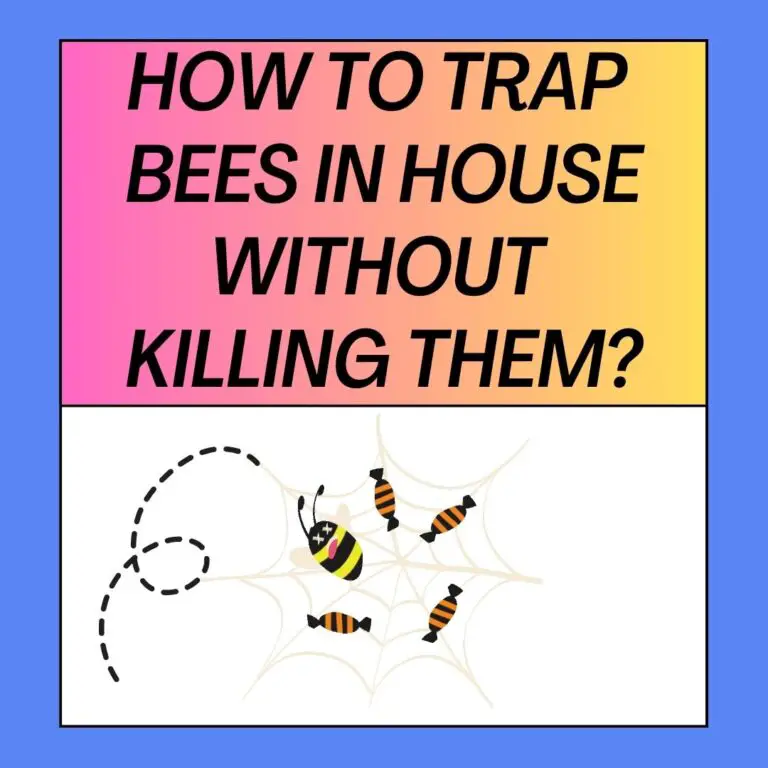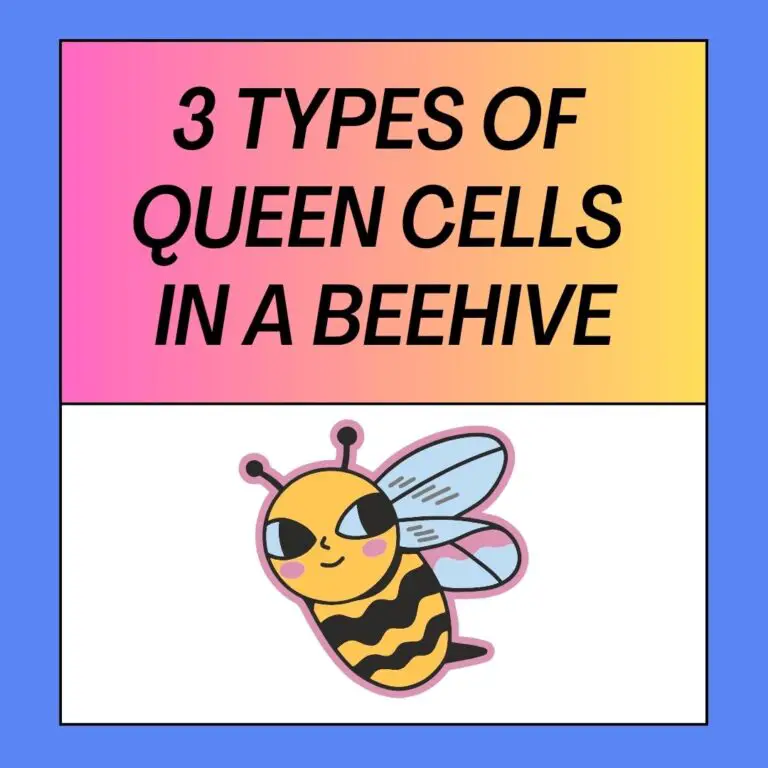
7 Considerations when deciding the best direction to face a beehive:
- Sun Exposure: Bees are ectothermic, meaning they rely on external temperatures to regulate their body temperature. Therefore, it’s important to provide your hive with sufficient sunlight. In most regions, facing the hive entrance towards the southeast is recommended. This allows the hive to receive morning sunlight, which helps bees to become active earlier and forage more efficiently.
- Wind Protection: Hives should be sheltered from strong winds. Placing the hive behind a windbreak, such as a fence or dense vegetation, can help protect it from cold winter winds or hot summer gusts. Avoid placing hives in windy, exposed locations.
- Ventilation: Adequate ventilation is crucial to prevent moisture buildup in the hive, which can lead to various issues, including mold and bee diseases. Position the hive entrance so that prevailing winds help with ventilation, allowing moisture to escape.
- Accessibility: Ensure that the hive is easily accessible to beekeepers. You don’t want the hive entrance blocked by obstacles, and there should be enough space for you to work comfortably around the hive.
- Local Climate: Consider the specific climate and weather patterns in your region. In areas with extreme weather conditions, such as very hot summers or bitterly cold winters, you may need to adjust the hive’s orientation accordingly to provide better insulation or cooling.
- Neighbors: Be mindful of your neighbors when placing hives. Face the hive entrance away from areas frequently occupied by people or pets to minimize disturbances.
- Regulations: Check local beekeeping regulations, as some areas may have specific guidelines on hive placement.
While there is no one-size-fits-all answer to the best way to face a beehive, considering factors like sun exposure, wind protection, ventilation, and local climate can help you make an informed decision. Beehives are adaptable, and you may need to make adjustments over time based on your observations and the specific needs of your colony.
Beehive Entrance Location And Orientation
1. Entrance Location:
- Bottom Entrance: Most traditional beehives, such as Langstroth hives, have their entrances at the bottom. This design allows bees to enter and exit the hive easily. The bottom entrance is effective for providing ventilation and allowing foraging bees to enter with their nectar and pollen.
- Top Entrance: Some beekeepers use top entrances, which are located at the top of the hive. These can be useful for providing additional ventilation and can help reduce congestion during peak foraging times. However, they are less common and may require a bit more management.
- Side Entrance: In some specialized hive designs, like the Warre hive, the entrance is located on the side. Side entrances can be advantageous for certain hive management techniques, but they are less commonly used.
2. Entrance Orientation:
- Southeast Orientation: In many regions, it’s recommended to orient the hive entrance toward the southeast. This allows the hive to receive morning sunlight, which helps bees become active earlier in the day. Morning sun exposure also aids in warming up the hive after cool nights.
- Predator Protection: Consider protecting the entrance from predators like skunks or raccoons. Use entrance reducers or other mechanisms to ensure that pests cannot easily access the hive.
- Ventilation: Proper ventilation is crucial for controlling humidity and preventing moisture-related issues. Ensure that the hive’s entrance allows for good airflow. The prevailing wind direction in your area can influence this; you may want the entrance to face the prevailing wind for better ventilation.
- Accessibility: Make sure the hive entrance is accessible to bees but not obstructed. Avoid placing the hive entrance directly against a wall or other structures.
- Neighbors and Foot Traffic: Be considerate of your neighbors and local foot traffic. Face the hive entrance away from areas where people or pets frequently pass to minimize disturbances.
- Local Climate: Adapt the orientation based on your local climate. In extremely hot or cold regions, you may need to adjust the entrance’s orientation for insulation or cooling.
- Regulations: Check local beekeeping regulations, as some areas may have specific guidelines on hive entrance location and orientation.
3. Observations:
Keep a close eye on your bees and the hive’s performance. Be prepared to make adjustments based on their behavior. If you notice issues like congestion at the entrance or signs of overheating, you may need to modify the entrance location or provide additional ventilation.
Urban Beehive Placement
- Local Regulations and Permits:
- Check with your local government or beekeeping association to understand urban beekeeping regulations and permit requirements. Some areas have restrictions on the number of hives, distances from property lines, and hive heights.
- Distance from Property Lines and Neighbors:
- Follow local regulations regarding hive placement about property lines and neighbors. Bees typically fly within a three-mile radius, so hives should be 10-20 feet away from property lines or neighboring buildings.
- Flight Path:
- Consider the flight path of your bees. Try to direct their flight path away from areas with high foot traffic or play areas. This minimizes the chances of accidental bee encounters and reduces the risk of stings.
- Sunlight and Shade:
- Place the hives in an area that receives adequate sunlight. Bees are more active in sunny locations. However, ensure some shade during the hottest part of the day to prevent hive overheating.
- Wind Protection:
- Provide windbreaks or barriers to protect the hives from strong winds. This helps maintain hive stability and temperature control.
- Elevated Hive Stands:
- Elevate the hives slightly off the ground to prevent moisture buildup and discourage pests like ants and rodents.
- Water Source:
- Ensure that bees have access to a clean water source nearby. Bees need water for cooling the hive and diluting honey for consumption.
- Hive Accessibility:
- Make sure that you can easily access the hives for inspections and maintenance. Leave enough space around the hives for beekeepers to work comfortably.
- Visibility and Signage:
- Consider placing a visible sign near your beehives to alert neighbors and passersby that there are bees in the area. This can help prevent unnecessary fear or panic.
- Bee-Friendly Plants:
- Plant bee-friendly flowers and vegetation in your yard or nearby areas to provide forage for your bees and support local pollinator populations.
- Regular Hive Inspections:
- In an urban setting, it’s especially important to conduct regular hive inspections to ensure your bees are healthy and well-managed. This can help prevent swarming or aggressive behavior.
- Neighbor Communication:
- Communicate with your neighbors about your beekeeping activities. Explain the benefits of bees, share safety tips, and offer to address any concerns they may have.
- Adequate Space:
- Avoid overcrowding your property with too many hives. Bees need adequate forage area, and excessive hives can lead to resource competition.
- Safety Precautions:
- Always have appropriate safety gear on hand when working with bees, especially in an urban environment. This includes a bee suit, gloves, and a smoker.
- Be Prepared for Swarms:
- Have a plan in place for capturing and safely relocating swarms if they occur. Notify local beekeepers or swarm removal services for assistance.
- Educate Yourself:
- Continuously educate yourself about beekeeping practices, especially those relevant to urban beekeeping. Stay informed about bee health and diseases.
Remember that successful urban beekeeping involves responsible hive placement, good beekeeping practices, ongoing education, and respectful communication with neighbors. By following these guidelines, you can enjoy the rewards of beekeeping while being a responsible urban beekeeper.
Related FAQ’S About Beehive Positioning
- Do Bees Recognize Faces?
- No, bees do not have the ability to recognize individual human faces. They can recognize each other within the hive by scent and behavior but do not have facial recognition capabilities.
- How High Should a Beehive Be Off the Ground?
- Beehives should typically be elevated at least 12 to 18 inches off the ground. This elevation helps prevent moisture buildup and discourages pests like ants from entering the hive.
- Where Do You Put the Entrance in a Beehive?
- The entrance should be located at the bottom of the beehive. Bees enter and exit through this lower entrance. It’s essential to ensure the entrance is clear and unobstructed.
- Are Beehives Vertical or Horizontal?
- Traditional beehives, like Langstroth hives, are vertically oriented with stacked boxes. However, there are horizontal hive designs, such as top-bar hives, which have a horizontal layout. The choice depends on the beekeeper’s preference.
- How Do You Position a Native Beehive?
- Native beehives, like those for solitary bees, should be placed in locations with plenty of sunlight and near suitable forage plants. Position them so that the entrance faces east or southeast to catch the morning sun.
- Why Do Beehives Need to Point in a Certain Direction?
- Beehives are often positioned to maximize sunlight exposure. Placing hives facing east or southeast allows bees to start foraging earlier in the day when it’s warmer, which can increase their foraging efficiency.
- Where to Locate and Set Up Your Hive?
- The hive should be located in an area with good sun exposure, protection from strong winds, and access to water sources. It’s also important to follow local regulations and consider neighbors when choosing a location.
- Does It Matter Which Direction a Beehive Faces?
- Yes, the direction can matter. As mentioned earlier, facing the hive east or southeast can help bees take advantage of morning sunlight. However, some beekeepers may have specific reasons for orienting hives differently.
- What Is the Best Direction to Face a Bee House?
- Bee houses or apiaries are often set up with hives facing east or southeast to maximize sunlight exposure. This helps bees become active earlier in the day.
- How Do You Change the Direction of a Beehive?
- To change the direction of a beehive, you’ll need to carefully lift and reposition it. It’s best done during a hive inspection when you can ensure the bees are calm and the entrance is unobstructed.
- Which Direction Should Beehives Face for Best Pollination?
- East or southeast-facing beehives are generally preferred for maximizing pollination. Bees are more active earlier in the day when temperatures are warmer, which enhances their pollination efforts.
These considerations about hive placement and orientation are crucial for the health and productivity of bee colonies. Beekeepers should adapt these principles to their specific location and beekeeping goals while following local guidelines and regulations.






